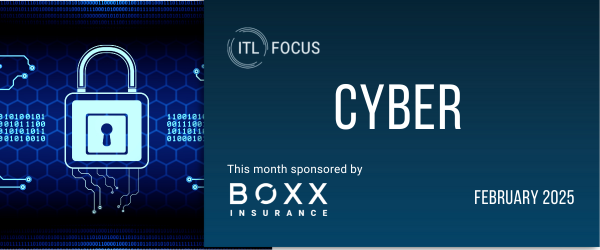Chances are you have received a letter stating that your personal data may have been compromised. Perhaps you were one of the 80 million people with an Anthem health insurance plan. Maybe you were one of the 21 million current or former employees of the federal government, or you could have been one of the 40 million who shopped at Target. There are countless examples where organizations failed to protect sensitive data and then were required to notify the affected individuals.
These notifications typically reveal how the breach happened, what steps are being taken to prevent another incident and what a company is doing to protect you from identity theft. Most organizations offer some form of credit monitoring and ID theft remediation services. Some states are beginning to mandate at least one year of credit monitoring under certain circumstances.
The Limits of Credit Monitoring
Offering credit monitoring seems to be a necessary post-breach strategy, and the very least a company would do. However, a deeper dive into what it does - and what it does not do – is long overdue.
Credit monitoring immediately notifies an individual that an attempt was made to obtain some form of credit in her name. Credit restoration services are usually offered when identity theft occurs. This is a valuable service that restores a victim's good credit, saves time and alleviates stress.
Credit monitoring does not prevent identity theft. The only way to prevent an identity thief from accessing a victim's credit is to either place a 90-day fraud alert on a credit file or freeze credit lines.
- Fraud alerts require potential creditors to contact individuals before opening lines of credit. To activate a fraud alert, individuals are required to notify one of the three bureaus (Equifax, Experian or Trans Union) and to repeat the process every 90 days to maintain the fraud alert status.
- Freezing credit can be accomplished by contacting all three credit bureaus and requires each one to place a freeze on an individual’s credit file. Each bureau provides a PIN # that can be used to lift the freeze later. There may be a nominal fee based on state of residence, which typically ranges from $5 to $15. Some states may require an additional fee to lift the freeze. A credit freeze may cost less than credit monitoring and identity theft restoration services. In fact, it has been widely reported that the Office of Personnel Management spent $133 million for three years' credit monitoring for the 21 million individuals affected by their 2015 data breach.
Legal Ramifications of Offering Credit Monitoring
Offering credit monitoring can cost an organization even more than the dollars spent. In Remijas v. Neiman Marcus, the plaintiffs alleged that 350,000 payment cards were affected when hackers gained access to Neiman Marcus networks. Even though a small fraction of the cards were affected by fraudulent activity, the Seventh Circuit Court of Appeals granted the plaintiffs legal standing, allowing the class action to proceed, because card holders had a legitimate fear of future identity theft. Because Neiman Marcus offered credit monitoring to the card holders after the breach, the court concluded that it was conceding that future identity theft was entirely possible.
The state regulatory environment, coupled with recent appellate court decisions, leaves organizations in a difficult position. States are beginning to require credit monitoring following a data breach. Organizations that do not offer credit monitoring face scrutiny by attorneys general, potential fines for non-compliance and a public relations fiasco. Yet those that offer credit monitoring will incur significant costs and, as evidenced in Remijas v. Neiman Marcus, may actually hurt their defense in a class action lawsuit.
A Better Way to Protect Your Identity
A more rational approach is needed to identity protection. Organizations and state regulators reacting to data breaches involving sensitive data elements need to address ways to prevent identity theft. As of this writing, organizations cannot legally freeze a consumer's credit for him, and have little means to prevent identity theft on his behalf. However, with the full support of state officials, a more efficient process to freeze credit can better protect identities and mitigate costs.





